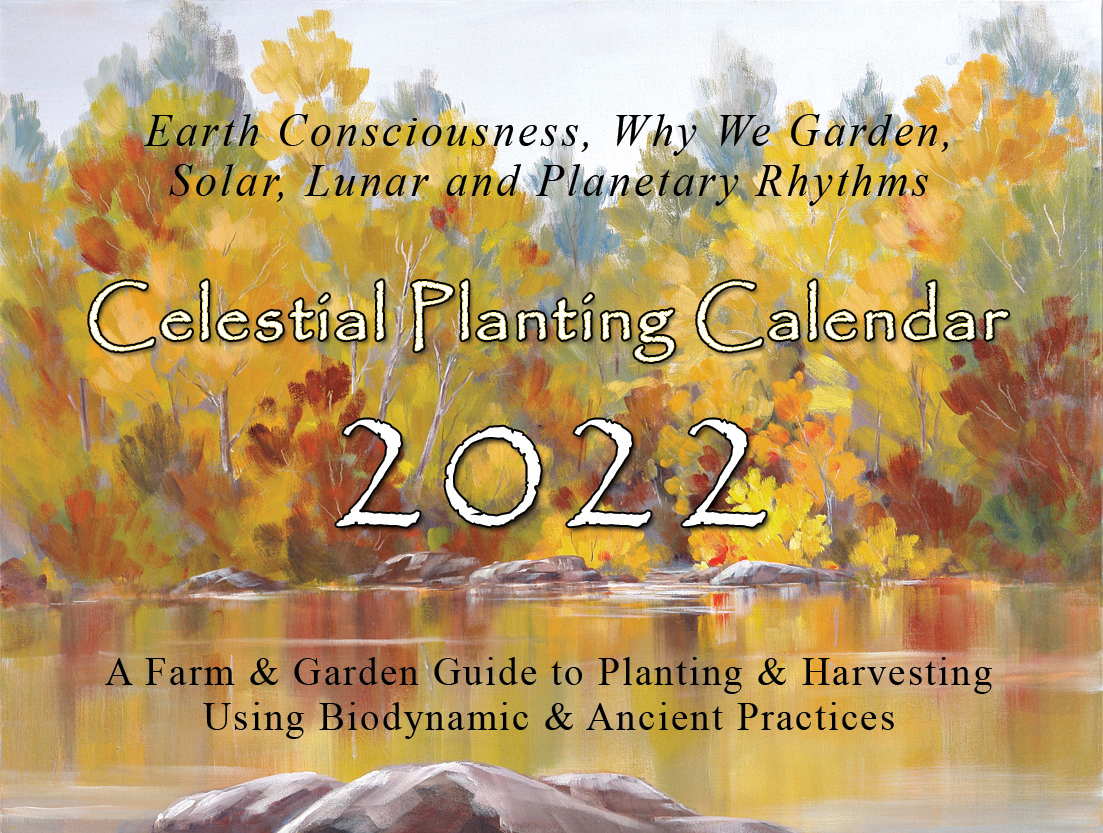
In 1970, April 22 was selected by Wisconsin Senator Gaylord Nelson to raise public consciousness about air and water pollution. Upon giving the name Earth Day to this date, it quickly aroused national media attention and caught on across the United States.
In 1990, Earth Day according to www.earthday.org, “went global, mobilizing 200 million people in 141 countries and lifting environmental issues onto the world stage...and helped pave the way for the 1992 United Nations Earth summit in Rio de Janeiro...Today, Earth Day is widely recognized as the largest secular observance in the world, marked by more than a billion people every year as a day of action to change human behavior and create global, national and local policy changes.” As this year we are in now ends in 2022, our theme of Earth Consciousness seems to be both timely and appropriate.
 As we face a future filled with unprecedented weather events due to the greenhouse effect caused by decades of human manipulation of the environment, it is time to reflect, evaluate and make prudent choices to reduce our carbon footprint and move toward a more sustainable world. As we face a future filled with unprecedented weather events due to the greenhouse effect caused by decades of human manipulation of the environment, it is time to reflect, evaluate and make prudent choices to reduce our carbon footprint and move toward a more sustainable world.
Chandler Swain’s article highlights Alberto Suarez-Esteban’s teachings around regenerative agriculture. Mike Biltonen’s introduction to and practical application of biochar also reinforces this theme of sustainability.
Natalie Forstbauer’s vision of a new Earth’s Consciousness makes us all want to be part of this global shift. Her poetry runs throughout the monthly wisdom teachings and celestial events.
Given the incredible slowdown and setbacks over the past two years due to the pandemic, we still have time to evaluate where we have come from and where we want to go in terms of environmental awareness, food sovereignty and health of everything including the soil, plants, animals and humanity.
Neel Burton’s article on Why We Garden makes each of us more aware of how valuable this activity is on so many levels.
Fred Wiseman’s article on the revival of indigenous gardening and farming elaborates on how ancient cultural practices and ceremonies have been and still continue to be part of Abenaki agriculture in eastern North America.
Gary Caton offers insights into solar storms and their influence on agriculture. In his article on lunar occultation cycles, he shares insights into the connection between occultations and the teachings of Maria Thun.
Hugh Courtney’s teaching on sequential spray are on our website and in the 2018 calendar. These recommendations appear monthly.
Holding the vision of a vibrant and healthy future both at a personal and at a global level based on sustainability and regeneration is the first step toward bringing this vision into reality.
|


![]()
